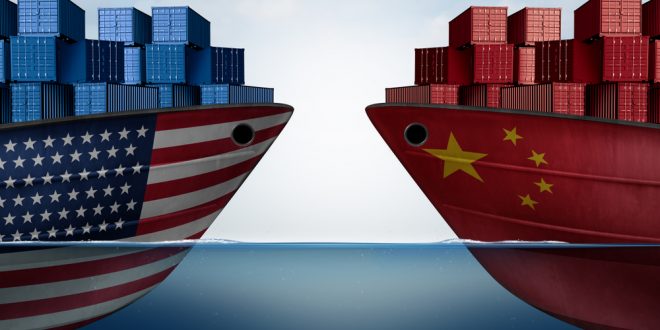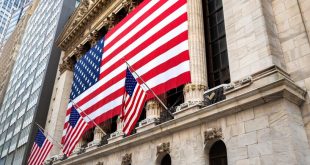
Trump and Xi Strike Truce: Tariffs Cut for Fentanyl Crackdown, Rare Earths Reprieve
In a high-stakes meeting in Busan, South Korea, U.S. President Donald Trump and Chinese President Xi Jinping reached a deal that signals a temporary easing of trade tensions between the world’s two largest economies. The agreement, struck after nearly two hours of talks, includes a U.S. decision to reduce tariffs on Chinese imports and a Chinese pledge to clamp down on the illicit fentanyl trade while maintaining the flow of rare earth exports.
Trump announced that tariffs on Chinese goods will be reduced from 57% to 47%, a gesture he described as a reward for Beijing’s commitment to curbing fentanyl production and trafficking—a crisis that has contributed heavily to overdose deaths in the United States. “It was an amazing meeting,” Trump told reporters aboard Air Force One, rating the talks “12 out of 10.”
In return, China agreed to pause recently announced export restrictions on rare earth elements—critical materials used in electric vehicles, aircraft, and defense systems—for one year. The move aims to ease supply chain concerns and cool tensions in a trade war that has disrupted global markets.
Beijing also promised to ramp up purchases of American agricultural and energy products. The commitments include 12 million metric tons of U.S. soybeans through January and 25 million tons annually for the next three years, along with new deals for oil and gas imports. Trump further revealed that China would consider investing in a major U.S. pipeline project in Alaska, valued at roughly $44 billion.
As part of the deal, Washington will suspend new restrictions that make it harder for Chinese firms to access U.S. technology through affiliates. The United States will also hold off on measures targeting China’s maritime and shipbuilding industries, offering Beijing a one-year reprieve.
While the meeting was hailed by both sides as productive, analysts cautioned that the agreement represents a temporary pause rather than a lasting peace. Despite earlier promises under the Phase 1 trade deal, China failed to meet previous purchase targets, and the underlying geopolitical rifts remain unresolved.
Financial markets reacted cautiously, with global stocks showing little movement after days of anticipation. Investors viewed the deal as a brief détente rather than a structural shift in U.S.–China relations.
During the talks, Trump and Xi agreed to resume energy cooperation and suspend mutual port fees meant to restrict dominance in global shipping and logistics. Both leaders emphasized the importance of stability, with Xi noting that “frictions now and then are normal” and that China’s rise is not at odds with America’s ambitions.
Notably absent from the discussions were two of the most sensitive topics in U.S.–China relations—Taiwan and advanced technology. Trump confirmed that the leaders did not discuss Taiwan or Nvidia’s high-end semiconductor exports, despite widespread speculation.
The meeting concluded Trump’s whirlwind Asia tour, during which he secured several trade deals with allies in Japan, South Korea, and Southeast Asia. Trump said he plans to visit China in April before hosting President Xi in the United States later next year.
Despite the positive tone, the new accord is widely viewed as a tactical truce rather than a strategic breakthrough—a pause in a rivalry that continues to shape global trade, technology, and security.
 Noor Trends News, Technical Analysis, Educational Tools and Recommendations
Noor Trends News, Technical Analysis, Educational Tools and Recommendations




